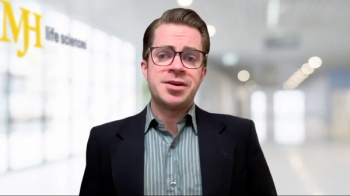
Drug Spending Rises
Spending rises on prescription drugs despite overall slow-down in health care outlays.
According to the
Despite increased outlays on medicines, prescription drugs accounted for a steady 9% share of the total $2.9 trillion in healthcare outlays-a proportion that has not varied greatly in recent years. More than 60% of the nation’s healthcare dollar went to hospitals, physicians, and clinics.
The low growth in outlays on drugs in 2012, the actuaries reported, was due largely to the one-time impact of the “patent cliff” when blockbuster drugs worth $35 billion annual sales lost patent protection. In 2013, however, spending rose as more high-priced brand-name and specialty drugs came to market. Drug use also increased due to access to more low-cost generic drugs, which saw their market share rise to 80% in 2013, up from 73% in 2011. And Medicare spending on prescription drugs jumped more than 10% to reach $75 billion and account for 28% of total retail drug spending-up from a 2% share in 2005-largely due to increased Part D enrollment.
The CMS report is likely to further fuel concerns about more expensive specialty drugs gaining market approval. Although these therapies accounted for less than 1% of prescriptions dispensed in 2013, they represented almost 28% of total pharmacy drug spending. A September 2014 CMS report projecting future healthcare outlays predicted near 7% growth in outlays on prescription drugs for this year, also due to greater outlays for specialty drugs and continued rise in drug use as more consumers gain health insurance and drug benefits under Obamacare.
Newsletter
Get the essential updates shaping the future of pharma manufacturing and compliance—subscribe today to Pharmaceutical Technology and never miss a breakthrough.





